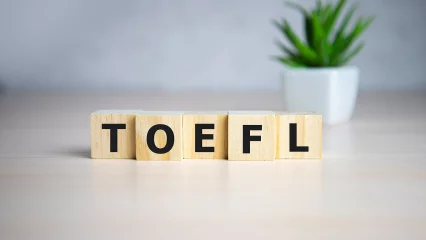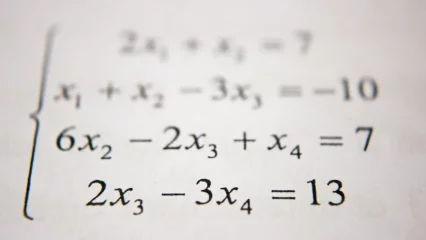PrepAdviser experts suggest that you check out the latest advice provided by GMAT Tutor on the general differences and exam structures:
More students are asking about the differences between the GRE and the GMAT in regards to their MBA applications. Indeed, the number of MBA programs accepting both the GMAT and the GRE has grown.
Traditionally, the GMAT was reserved for those applying to MBA programs, and the GRE was for other graduate programs. However, this changed as both tests evolved over time.
Specifically, the GMAT changed in 2012 by adding the Integrated Reasoning section to better reflect what graduate schools and employers seek in people: their ability to understand data. The GRE has changed over the years as well, and its creators want for it to be seen as a valid form of assessment for potential MBA candidates.
Now, approximately 1,200 schools accept the GRE, and there has been a growing number of students who have opted to use the GRE in their MBA applications.
It should be noted that the GMAT still reigns supreme in terms of the number of people taking it for their MBA applications. In the mind of many, it is still the exam to take.
But how do they compare? This post looks at the general differences and exam structures, and an upcoming post will discuss how specific sections vary.
The exam structures are as follows:
GMAT

GRE

Other differences
The GRE gives an experimental section anywhere after the writing section. This is not counted toward your final score.
Also, certain test centers around the world do not offer a computer based test, so you may have to take it on paper. Note that the paper test does not include an experimental or research section.
If you do take a paper based test, you will see five additional questions in each of the Verbal and Quantitative sections. You will be given an extra five minutes on the Verbal section, but will not receive additional time on the Quantitative section. It remains at 30 minutes.
At first glance, the exams seem similar. They test similar concepts and take roughly the same amount of time. However, they do differ on many of the question types and levels. This is something we will explore more in an upcoming post.
Source: The Economist’s GMAT Tutor



